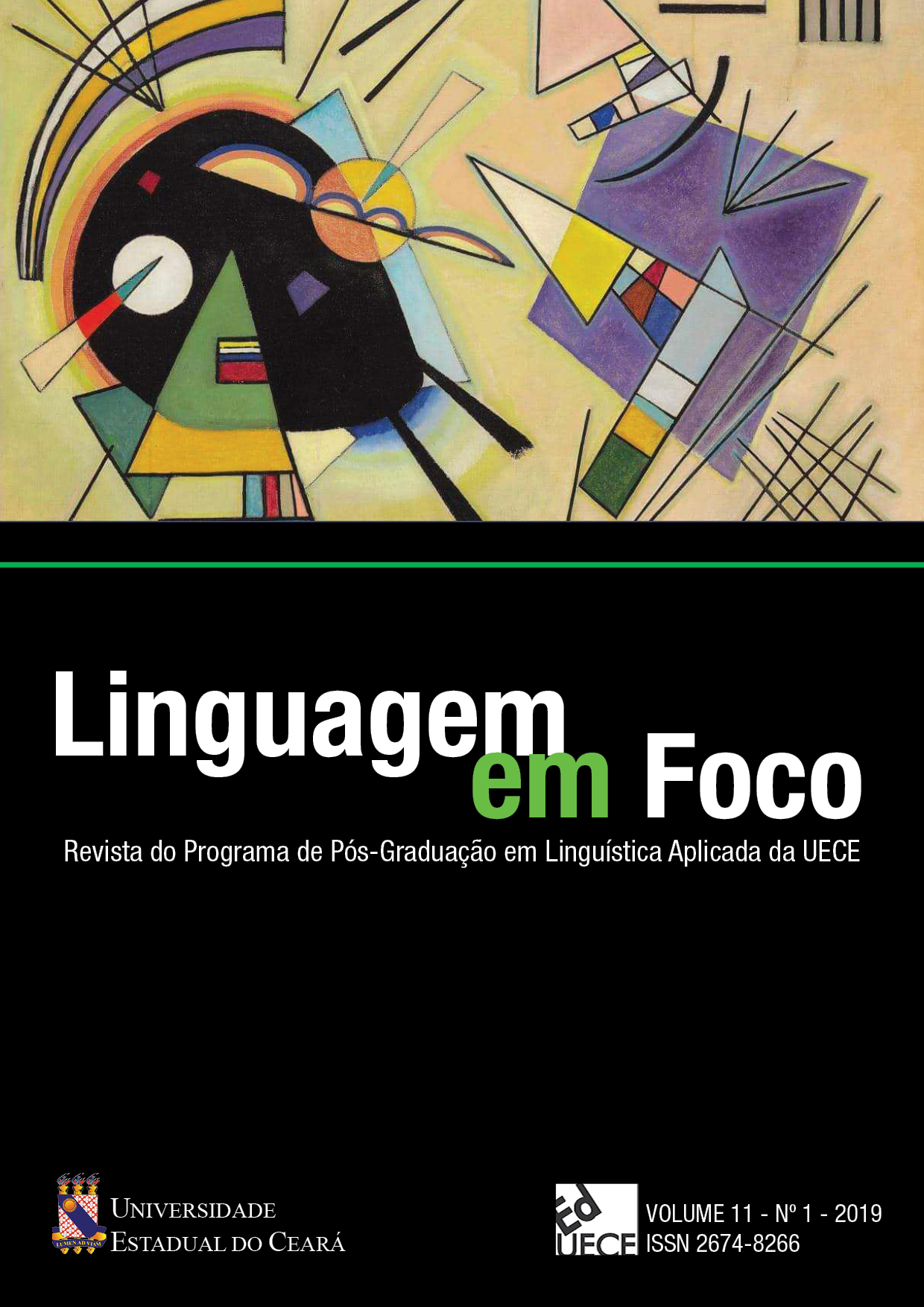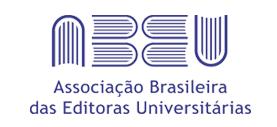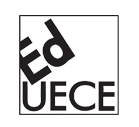Multimodality and Sociodiscursive Representations in the Audiovisual “Female Team is #Coisanossa”
Intersubjectivity and Identity Relations
DOI:
https://doi.org/10.46230/2674-8266-11-2938Keywords:
Dialogism, Multimodality, Discourse, MediaAbstract
The aim of this paper is to understand identity representations through the multimodality of language and the intersubjective relations in an audiovisual advertising. The research relies on the discursive-dialogical perspective of M. Bakhtin and his Circle, which recognizes language as a crucial element for the construction of meanings and identities, as well categories of analysis of the Visual Design Grammar. (KRESS; van LEEUWEN, 2006) are used for the study of images. The interaction of subjects situated in specific social contexts builds discursive practices inserted in social activities, so that the relationships established between these activities and practices can be analyzed in the dimensions of use and reception in different social spheres. As genres highlight certain sociocultural practices and ideological and axiological indices, so social relations are established, attributing certain representations that identify people (or with whom people identify).
Downloads
References
BAKHTIN, M. Estética da criação verbal. 5. ed. Trad. Paulo Bezerra.São Paulo: Martins Fontes, 2010.
BAKHTIN, M. Problemas da poiética de Dostoiévski. 3. ed. Trad. Paulo Bezerra. Rio de Janeiro: Forense Universitária, 2005.
BOURDIEU, P. A dominação masculina. 4. ed. Rio de janeiro: Bertrand Brasil, 2005.
CASTELLS, M. O poder da identidade. A era da informação: economia, sociedade e cultura. V. 2. 3. ed. Trad. Klauss B. Gerhardt. São Paulo, Paz e Terra, 1999.
DIONÍSIO, A. P. Multimodalidades e leituras: funcionamento cognitivo, recursos semióticos, convenções visuais. Pipa comunicações: Recife, 2014.
DONDIS, D. A. Sintaxe da linguagem visual. 2. ed. São Paulo: Martis Fontes, 1997.
EWALD, A. P.; SOARES, J. C. Identidade e subjetividade numa era de incerteza. Estudos de Psicologia, Natal, 12 (1), 23-30, 2007.
FARACO, C. A. Linguagem & Diálogo: as ideias linguísticas do círculo de Bakhtin. São Paulo: Parábola Editorial, 2009.
HALL, S. A identidade cultural na pós-modernidade. 9ª Ed. Rio de Janeiro: DP&A, 2004. p. 7-46.
HALL, S. A centralidade da cultura: notas sobre as revoluções do nosso tempo. Educação & Realidade. Porto Alegre: UFRGS/FACED, v. 22, n. 2, jul/dez, 1997.
HALLIDAY, M. A. K. An Introduction to Functional Grammar. Baltimore: Edward Arnold, 1985.
HODGE, R.; KRESS, G. Social Semiotics. London: Polity Press, 1988.
KRESS, G; van LEEUWEN, T. Reading Imagens: the grammar of visual design. London: Routledge, 1996.
MORIN, E. A noção de sujeito. In: A cabeça bem feita. 17ª. Ed. Rio de Janeiro: Bertrand Brasil, 2010. p. 117-128.
PONZIO, A. A revolução bakhtiniana. São Paulo: Contexto, 2008.
POSSENTI, S. Os limites do discurso: ensaios sobre discurso e sujeito. Curitiba, PR: Criar, 2002.
SANTOS, B. de S. Pela mão de Alice: o social e o político na pós-modernidade. 2ª. Ed. São Paulo: Cortez, 1996.
SCOTT, J. Gênero: uma categoria útil de análise histórica. Revista Educação & Realidade, Porto Alegre, v. 2, n. 20, Jul/Dez, 1995.
SELEÇÃO feminina é #coisanossa. Disponível em: https://www.youtube.com/watch?v=8wsDd_MqXwM. Acesso em: 20 maio 2019.
SOARES, M. Letramento. Um tema em três gêneros. 4. ed. Belo Horizonte, MG: Autêntica, 2010.
VOLÓCHINOV, V. (Círculo de Bakhtin). Marxismo e filosofia da linguagem: problemas fundamentais do método sociológico da linguagem. Trad. Sheila Grillo e Ekaterina Vólkova Américo. São Paulo: Ed. 34, 2017.
WOODWARD, K. Identidade e diferença: uma introdução teórica e conceitual. In: SILVA, T. T. da (Org.). Identidade e Diferença. Petrópolis: Vozes, 2000. p. 7-72.
Downloads
Published
How to Cite
Issue
Section
License
Copyright (c) 2020 Graziela Frainer Knoll, Vera Lúcia Pires

This work is licensed under a Creative Commons Attribution 4.0 International License.
Authors who publish in Linguagem em Foco Scientific Journal agree to the following terms:
- Authors retain the copyright and grant the journal the right of first publication. The articles are simultaneously licensed under the Creative Commons Attribution License which allows sharing the work with an acknowledgement of its authorship and initial publication in this journal.
- The concepts issued in signed articles are the absolute and exclusive responsibility of their authors. Therefore, we request a Statement of Copyright, which must be submitted with the manuscript as a Supplementary Document.
- Authors are authorized to make the version of the text published in Linguagem em Foco Scientific Journal available in institutional repositories or other academic work distribution platforms (ex. ResearchGate, Academia.edu).





























